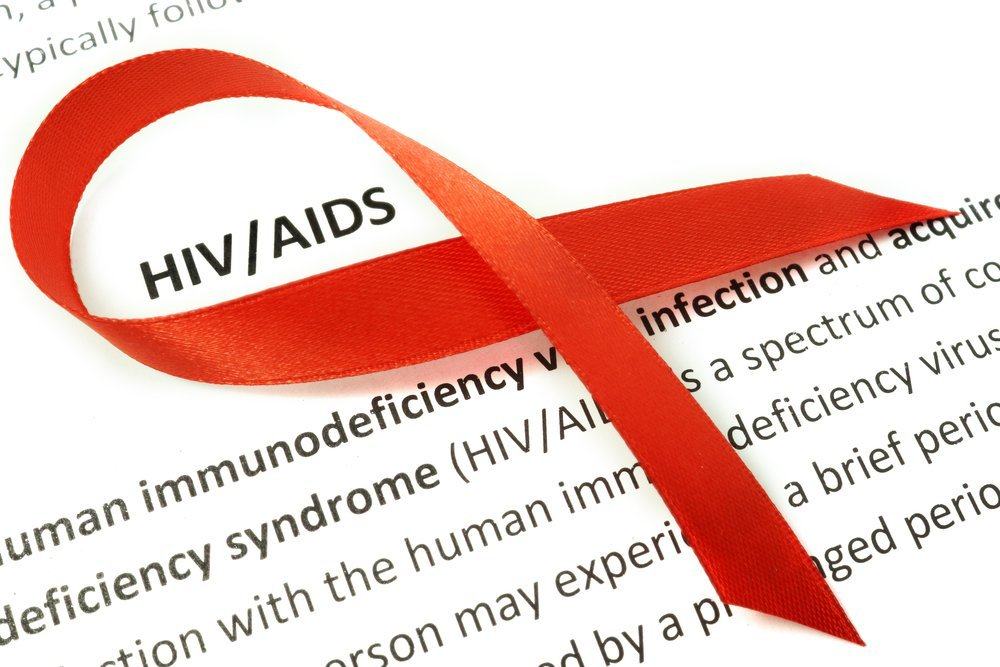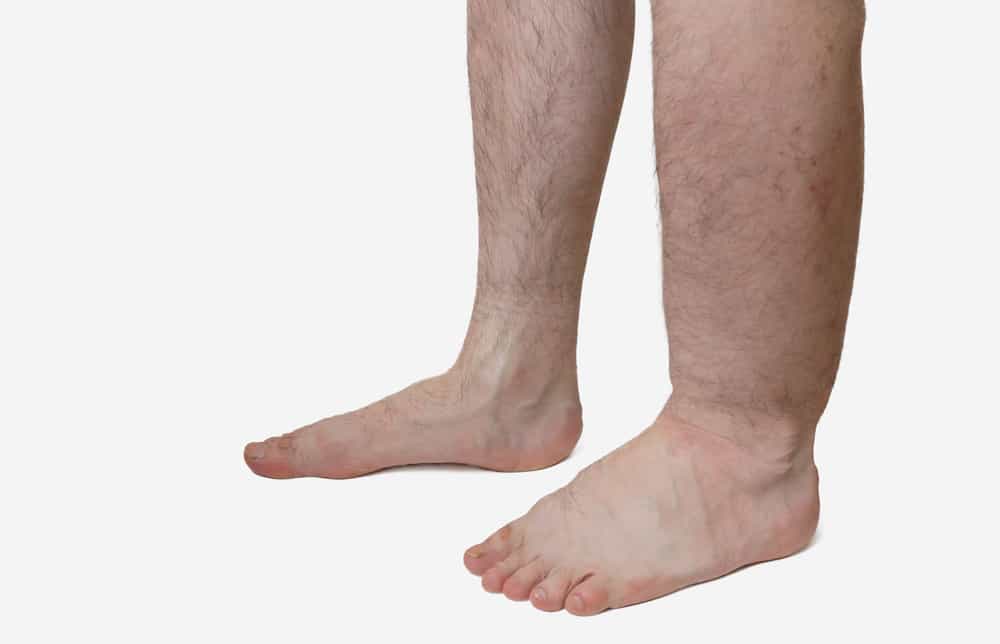Contents:
Medical Video: Cow's milk protein allergy: how do I know if my child has CMPA?
Allergy to cow's milk is one of the most common hypersensitivity in children. Maybe it's because cow's milk is the first foreign protein that most babies swallow in such large amounts, especially when they are fed with bottle milk. If you are allergic to cow's milk, even breastfeeding babies can sometimes experience colic or eczema until milk and milk products are removed from the mother's diet. Between 2-3 of every 100 children younger than 3 years have symptoms of cow's milk allergy.
Vomiting after eating is the most common way a child shows milk allergy, but a more severe reaction can also occur. Colic, crying, and bloating can sometimes be the only manifestation of cow's milk allergy in very young babies. (It must be said, however, that in most infants, no cause of colic has ever been found, and severe cries eventually stop without treatment and never recur, before the baby is 6 months old).
Other early and milder symptoms of cow's milk allergy often involve itching, eczema dry rash (atopic dermatitis). Of course the most obvious type of reaction to milk is when children drink milk or eat dairy products and immediately get respiratory problems or itching. Most children with cow milk allergy are also allergic to milk from goats or sheep, so both milk is not a good substitute.
Soy-based formula can or may not be suitable for babies who are allergic to milk, because some babies who are sensitive to cow's milk also cannot tolerate soy protein. If your baby who is allergic to cow's milk does not tolerate soy formula, your pediatrician can recommend special formula made from extensively hydrolyzed protein or amino acid-based formula.
Many children recover from cow's milk allergy as their immune systems mature. However, your pediatrician may recommend doing an allergy test before your child tries milk again. If testing shows that the allergy has disappeared, milk can be given with care to the child with a gradually increased amount in the doctor's office, where any reaction can be monitored and if necessary, treated. If your child only has lactose intolerance, allergy testing is usually not needed, and milk and milk products can be gradually reintroduced at home when you observe the symptoms. In supermarkets, there are products with various reductions in lactose sugar content that help children with lactose intolerance can consume milk in their diet.
Milk and foods derived from milk are important sources of calcium, a mineral that is important for strong bones and teeth, muscle and nerve function, and the health of every system in the body. Dark green leafy vegetables, canned fish eaten with bones (for example, sardines, salmon), calcium-fortified orange juice, dried figs and plums, tofu, and dried beans are among those that have various sources non-dairy calcium-rich for children who cannot tolerate milk, cheese, and yogurt.











